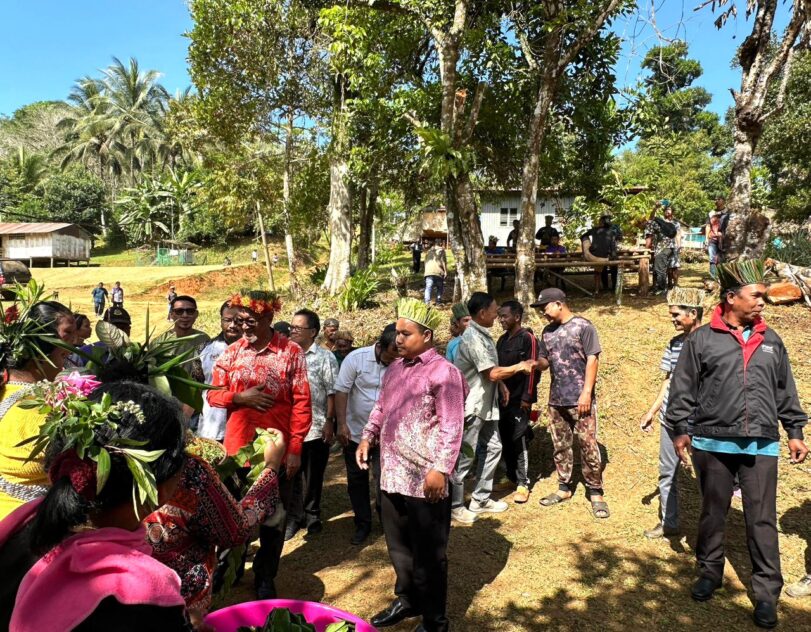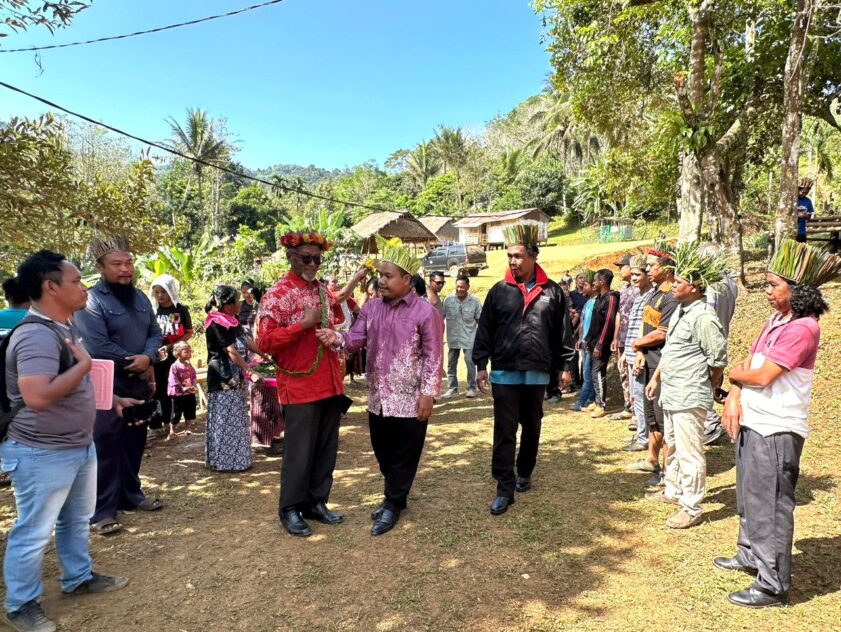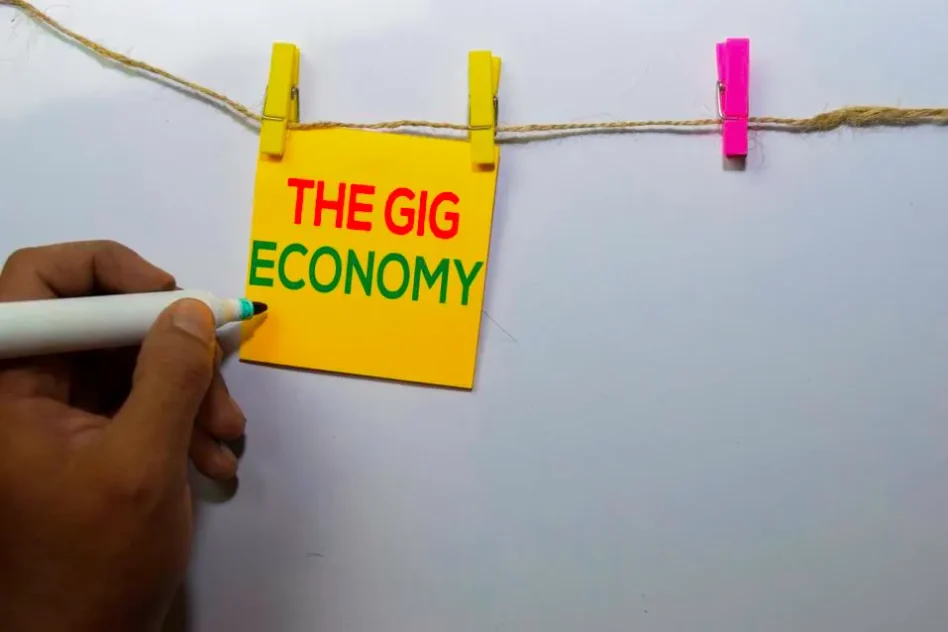THE long neglected “orang asal” (natives) community in Kelantan has received a boost when the National Kenaf and Tobacco Board (LKTN) has identified the group as one of the potential major cultivators and producers of the industrial and commercial-driven kenaf crop.
As the orang asal resides in large tracts of uncultivated land, enjoy a climate suitable for cultivating the plant, as well as having time on their side, growing kenaf can become a natural vocation, LKTN chairman Datuk Wan Abdul Rahim Wan Abdullah said.
He sees the community as a major planter of kenaf and if adopted well, it can be the cash crop to uplift the quality of life for the rural dwellers.
Speaking while leading a LKTN delegation into the jungle fringes at Pos Simpor in Gua Musang, Kelantan, Rahim, who was formerly a state PAS strategist before joining Parti Amanah Nasional, said that the community in the rural enclaves suffer from a myriad of issues.
Besides encroachment of wildlife such as tigers and elephants, which threaten the farming and livestock in Pos Simpor, there is the lack of proper infrastructure and social amenities.
Pos Simpor is located some 98km from the Gua Musang township, which is the largest district in Kelantan, previously called Ulu Kelantan.
It has around 1,000 people, who try to balance their nomadic lifestyle with modern living.
Rahim said that for starters, the settlement would be adopted by the LKTN as a “Madani” village where special attention would be devoted to the area.

Secondly, under the Madani vision, economic and sustainable activities must be incorporated so the growing of kenaf and other cash crops such as padi huma, ginger, serai, pepper, can be encouraged.
“We will get help from the agriculture ministry for this village. We hope kenaf can be grown in abundance in view of the land and weather factors,” said Rahim.
Besides kenaf, the community can also grow bananas and cassava.
This in turn can boost food security and help the country to weather the demand for more food instead of having to import more instead, stressed Rahim.
Since its introduction in 1999 as an industrial crop, kenaf has grown steadily although Rahim is not pleased with the take up rate and public awareness of the plant, which originated from Africa.
Kenaf was brought in to replace tobacco in view that the latter is seen as a hazard to public health since it encourages smoking.
Each kenaf cropping season lasts about 75 to 120 days after planting.
Since kenaf thrives well in hot climates with moderate rainfall, it is best cultivated in Malaysia from March to June with crop harvesting in July and due to its flexibility, it can be grown as a supplementary crop alongside padi, rubber and oil palm plantations.
Subsequently, the land is rehabilitated before rice is grown from October until January.
The kenaf industry needs more government support to accelerate its growth and attract more smallholders to engage in its cultivation, which could significantly contribute to the national economy, according to Deputy Plantation and Commodities Minister Datuk Chan Foong Hin.
He noted at the national kenaf conference that although kenaf is relatively new compared to other commodities, its unique qualities—such as the short three-month cultivation cycle—make it appealing to smallholders seeking to increase their income from this sector.
“Its uniqueness lies in the fact that we don’t need years to generate income, we can harvest every three months,” he said.
Chan emphasised that government assistance is crucial as the ministry aims to establish an ecosystem where every industry would have its own upstream, midstream, and downstream sectors.
“As the industry grows, we’ll need more people to cultivate this commodity. Besides encouraging smallholders, we also aim to collaborate with large companies. So, for those plantation companies, if you are looking at diversifying your crops, this is it. It has a short cycle so you won’t have a problem with your cash flow,” he added.

The event showcased various products derived from kenaf, including livestock feed, mattresses, and building materials, all contributing to the increasing demand for kenaf-based raw materials.
Scientifically known as Hibiscus Cannabinus, kenaf is a non-woody fiber crop which belongs to the Malvaceae family and shares similarities with okra and cotton.
Kenaf cultivation was expanded throughout Malaysia in 2010, with large-scale plantations in Pahang, Kelantan, Terengganu, Perak, Negri Sembilan, and Johor, and the cultivation of the plant for seed production is being carried out in Kedah and Perlis.
In 2023, the market value of kenaf products reached RM8.88 mil, an increase of RM3.31 mil or 59.32% compared to RM5.57 mil in 2022.
As of the second quarter of 2024, the market value of kenaf products has reached RM6.28 mil, marking a RM2.67 mil or 74.09% increase compared to RM3.61 mil during the same period in 2023. – Feb 26, 2025









